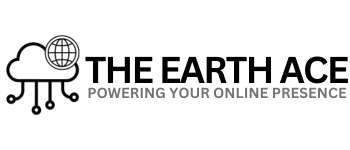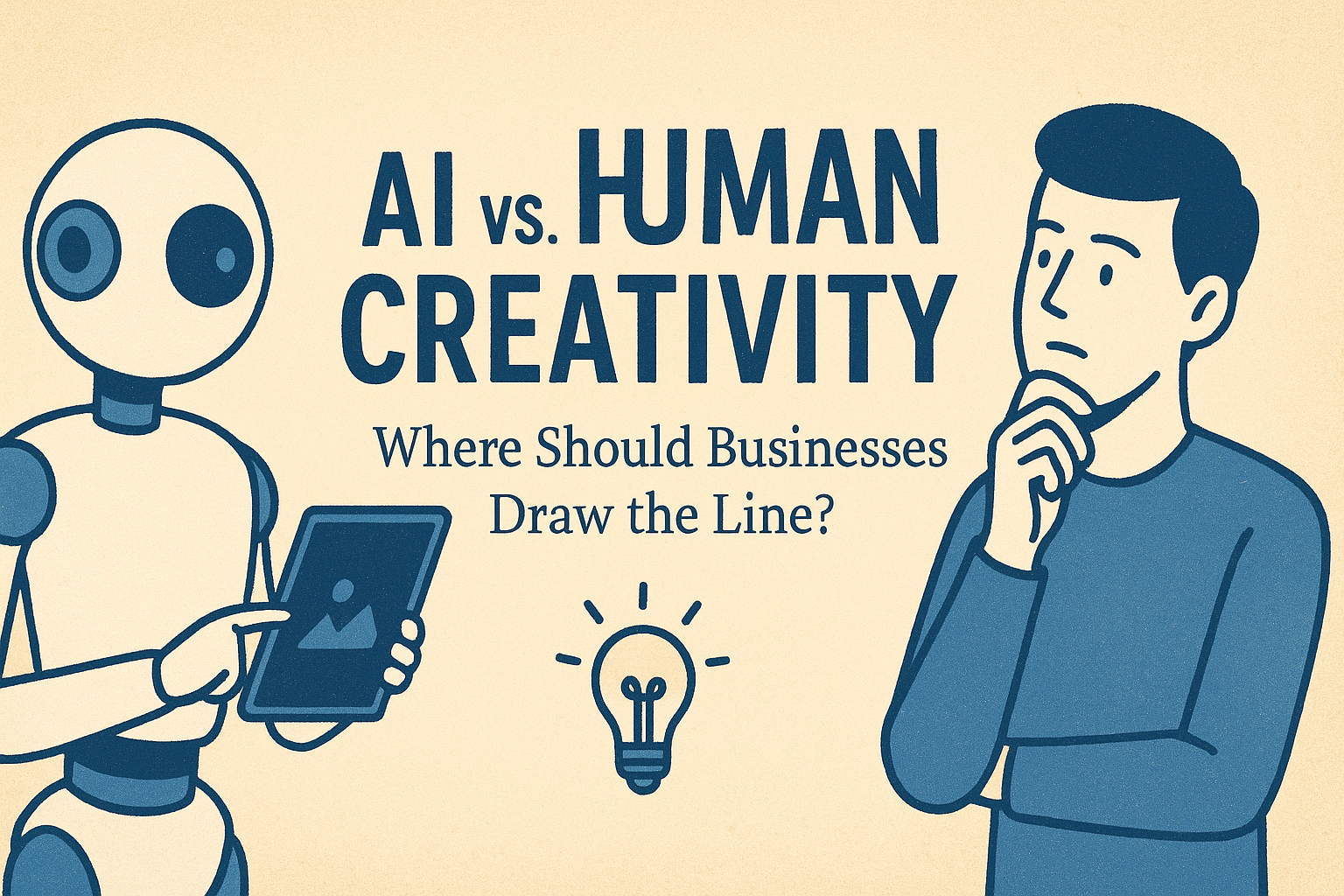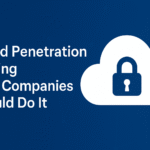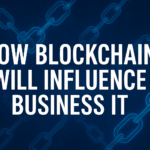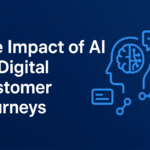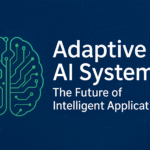AI vs. Human Creativity: Where Should Businesses Draw the Line?
In today’s fast-evolving digital world, AI vs. Human Creativity has become a headline topic for organizations seeking growth and innovation. Artificial Intelligence offers unprecedented speed, accuracy, and scalability, while human imagination fuels originality and emotional connection. The challenge lies in determining how much creative work should be entrusted to machines and when human ingenuity must take the lead.
The Rise of AI-Driven Creativity
AI is no longer limited to crunching numbers or automating repetitive tasks. Generative models can produce blog posts, design visuals, compose music, and even create marketing campaigns. For businesses, this means reduced costs, faster turnaround times, and data-driven personalization at scale.
Yet, AI’s strength is also its limitation. Algorithms rely on existing datasets, meaning their “creativity” is derived from patterns rather than authentic inspiration. When organizations depend solely on AI-generated outputs, they risk producing content that feels generic or lacks emotional depth — which can harm brand perception in the long term.
Why Human Creativity Remains Irreplaceable
Human creativity stems from lived experience, empathy, and intuition. People can connect cultural nuances, ethical considerations, and emotional layers that algorithms often miss. For businesses, this translates into marketing messages that resonate deeply with audiences, product innovations driven by genuine curiosity, and campaigns rooted in brand purpose rather than just analytics.
Consider storytelling in advertising: while AI may draft engaging scripts, only a human team can infuse them with subtle humor, cultural references, or authentic emotion. Likewise, product designers leverage instincts and customer insights to craft solutions that surprise and delight — something AI still struggles to replicate.
Finding the Right Balance
To draw an effective line between AI vs. Human Creativity, companies should adopt a hybrid approach:
-
Use AI for efficiency: Automate routine content creation, data analysis, and A/B testing. This frees up employees to focus on strategic thinking and original ideas.
-
Empower humans for innovation: Encourage brainstorming sessions, cross-disciplinary collaboration, and customer empathy workshops that drive unique concepts.
-
Set clear guidelines: Define which tasks AI may handle and where human approval or refinement is essential. For instance, an AI can draft copy, but brand tone and storytelling should be finalized by people.
-
Prioritize authenticity: Regularly audit AI-generated assets to ensure they align with brand values and resonate with real-world audiences.
Ethical Considerations in AI-Led Creativity
With great technological power comes responsibility. Organizations must weigh ethical factors when leveraging AI for creative purposes:
-
Intellectual property: Verify that AI tools respect copyright and do not replicate protected material.
-
Bias and inclusivity: Ensure training data does not reinforce stereotypes or exclude diverse voices.
-
Transparency: Disclose when AI contributes to creative work, maintaining honesty with customers and stakeholders.
A thoughtful ethical framework protects businesses from reputational risks while encouraging responsible innovation.
Conclusion: Blending Machine Precision with Human Insight
The debate around AI vs. Human Creativity is less about competition and more about collaboration. AI empowers teams to work faster and smarter, while humans provide authenticity, empathy, and strategic vision. Businesses that skillfully blend these strengths will not only stay ahead of competitors but also craft experiences that truly inspire their audiences.
By drawing a clear line — leveraging AI as a powerful assistant while celebrating human imagination — organizations can unlock their full creative potential without losing their unique identity.
